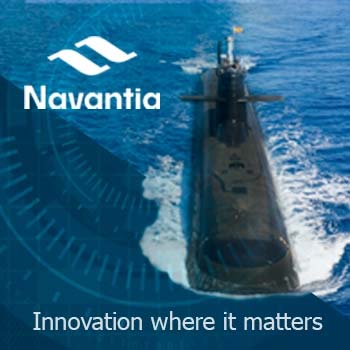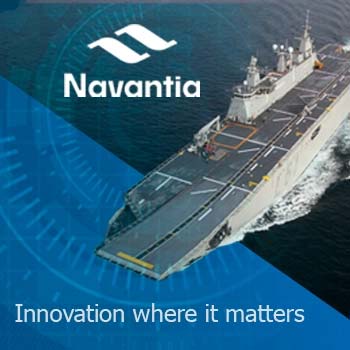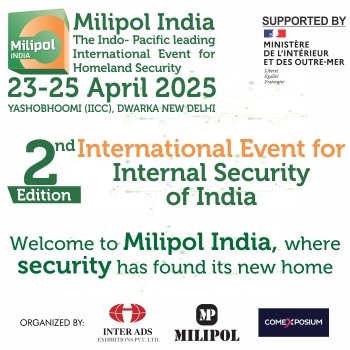
MBDA’s Sea Venom/ANL missile has successfully completed its second development firing from a French Defence Procurement Agency (DGA – Direction Générale de l’Armement) Panther test helicopter at Ile Du Levant in southeast France.
The firing, which took place on 18 April 2018, highlighted Sea Venom/ANL’s lock on after launch (LOAL) capabilities. It also validated its aptitude for low-altitude, sea-skimming flight, the effectiveness of the data link between the missile and helicopter and Sea Venom/ANL’s autonomous guidance capability, using images from its infrared seeker.
Guto Bebb, UK Minister for Defence Procurement, said:
“Sea Venom is yet another weapon that will help our Royal Navy keep the United Kingdom safe amid intensifying global threats. The lightweight subsonic sea-skimming missile, which will equip our Wildcat helicopters, will add to our Navy’s impressive capabilities while at sea and ensure they remain equipped to face every eventuality. The test firing partnership between France and the United Kingdom is also another fantastic display of the two nations working together to protect global waters.”
Frank Bastart, head of the Sea Venom/ANL programme at MBDA said:
“We’re delighted that the second development firing of Sea Venom/ANL was a complete success. We have now tested a range of the missile’s capabilities and it has performed to the very edge of its operational envelope, which is testament to the hard work and skills of our development and production teams in conjunction with DGA Trials Ranges. This is a significant milestone in the development of the missile and when it enters service Sea Venom/ANL will provide a major increase in capability to the UK and French navies.”
Sea Venom/ANL is part of an Anglo-French programme linked to the Lancaster House treaty agreed between the UK and France in November 2010 and possesses a ‘fire and forget’ mode along with ‘operator above the loop’ capability to maintain control over the entire missile trajectory. It has been designed for use from the widest range of platforms; in UK service the missile will be used from the AW159 Wildcat helicopter, while France will operate the missile from its future Light Joint Helicopter (HIL – Hélicoptère Interarmées Léger). The missile is designed to enable the helicopters of both countries’ navies to deal with a range of threats including fast moving patrol boats, corvettes and coastal targets.
MBDA was awarded the production contract for Sea Venom/ANL in March 2014. The joint programme is the first to take full advantage of mutual dependency arrangements agreed under the ‘One Complex Weapons’ initiative designed to consolidate the Anglo-French missile industry around MBDA.










